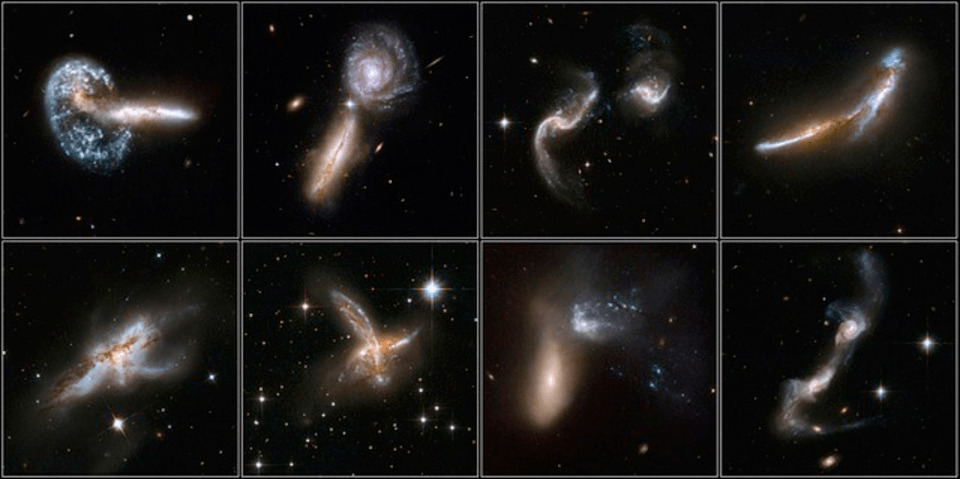Theoretical Astrophysics Seminars
34th Seminar

Density scratches and formation processes of primordial dark matter haloes via dry mergers
Go Ogiya
LMU/MPI
Abstract
Galaxy collisions and merging is a ubiquitous process in the theory hierarchical galaxy formation。We investigate the effects of galaxy collisions and mergers on the formation and evolution of galaxies using N-body simulations. In this seminar we present two recent results. 1. In the case in which the two colliding systems have differing masses, the small (satellite) galaxy will lose rotational energy and angular momentum through dynamical friction and fall toward the center of the bigger system (the host). Dynamical friction is a fundamental and important physical effect described by Chandrasekhar (1943). According to the Chandrasekhar theory, a wake of particles from the host should appear behind the satellite, but this has only been seen in a few simulations so far. We show through our N-body simulations, that not only a wake of particles from the host forms, but also that an axis-symmetric component forms. We construct a theoretical model for these phenomena and apply them to nearby galaxies. 2. Ishiyama (2014) studied the formation and evolution of the smallest dark matter haloes through cosmological N-body simulations. They find that the dark matter density profile at the center of the smallest dark matter halos are more cuspy than the Navarro-Frenk-White model, and that the profiles flatten with time. We have further studied the evolution of the central profile through N-body simulations of galaxy collisions and mergers and found insights that help to explain the results found by Ishiyama et al.



 和 英
和 英